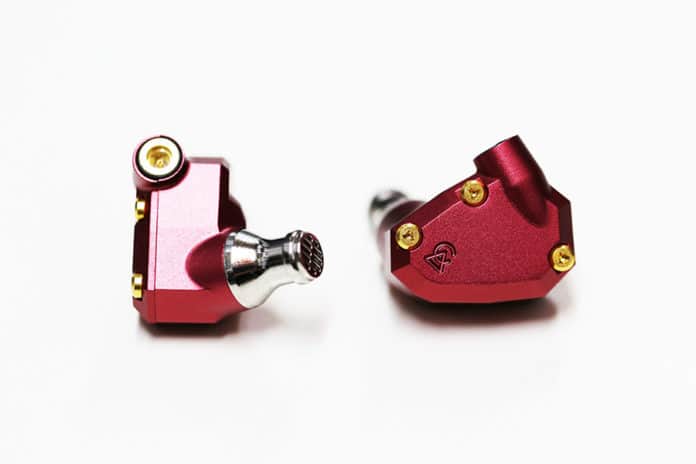Named after a moon of Jupiter, the Campfire Io seems a little more accessible, retailing for $299. But with its characteristic Campfire-esque design and relatively low price, how good can it sound?
Campfire Audio Io IEM Review
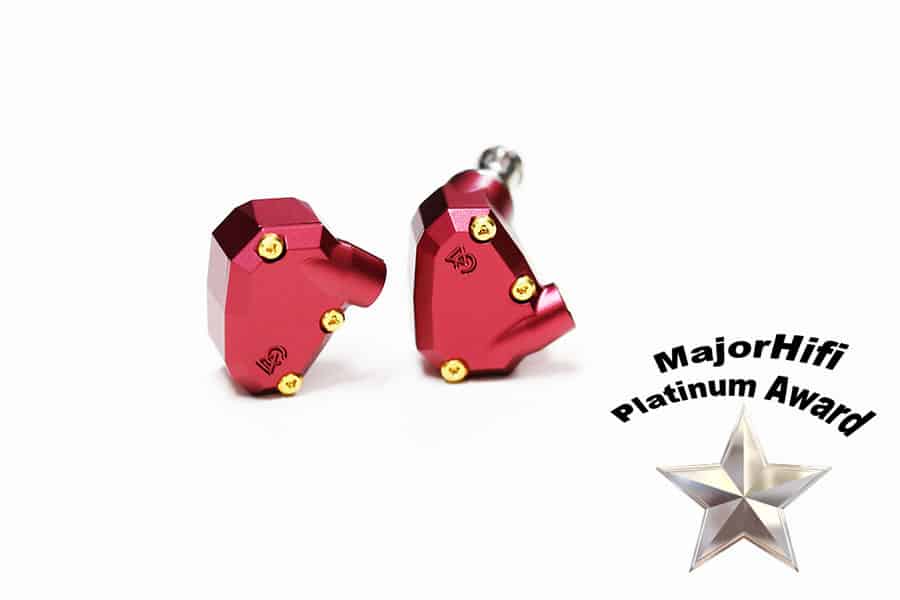
Covered in a garnet-red anodized finish, the Io offers a striking appearance. A stainless steel nozzle on the earpiece contrasts with the 24 karat gold screws on the exterior.
It arrives in large-ish box that holds the earphones, a cable, a cleaning tool, a leather pouch, three black mesh bags, a Campfire logo pin, and eleven eartips.
The supplied cable sports a smokey gray-black jacket over an ALO silver-plated copper litz cable. Using the near-standard MMCX connection, this cable measures a fairly commonplace 4 ft (1.2 m) and terminates in a 3.5 mm single-ended plug.
Fit wasn’t an issue for me during my multiple listening sessions (I didn’t want to stop listening to the Io), but I also have some massive ears. Basically, the shape mimics that of other Campfire models – like the Andromeda, Polaris II, and Jupiter. Overall, the fit feels a little bulkier than Shure or Westone, but not painful.
Inside each earpiece, 1 BA driver handles the low end while a second mid-high tweeter controls the mids and highs. And despite using a BA driver for the lows (as opposed to a dynamic driver), that low end remains fairly impressive.
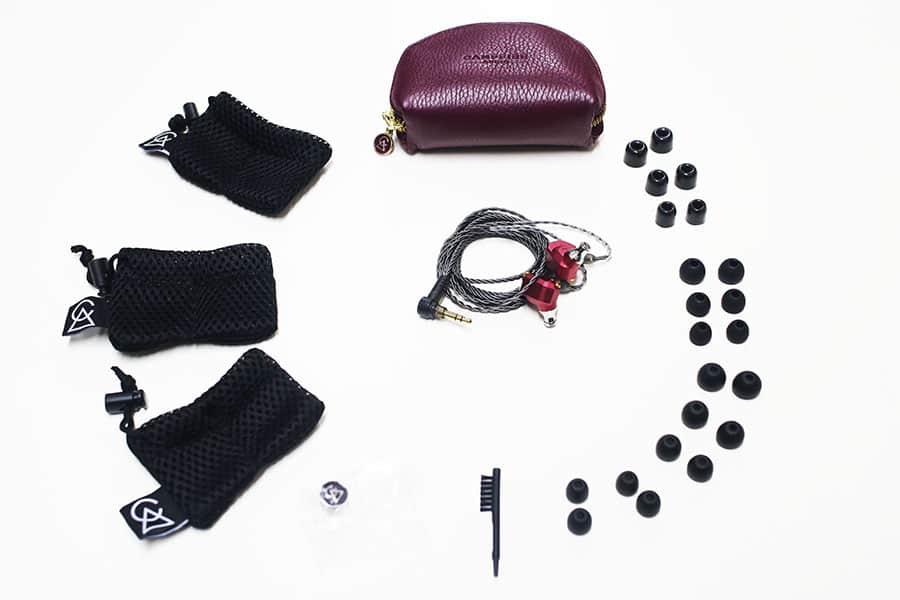
Specifications
Frequency Range: 5-22,000 Hz
Nominal Impedance: 26 ohms
Sound Pressure Level (SPL): 109 dB
Showcasing a close-to-standard frequency range, the Io might sport a little extra sparkle in the lows and highs. A relatively nominal impedance of 26 ohms lends the Io to use with smartphones and computers, while not requiring much (if any) amplification. Complementing this, a fairly high SPL of 109 decibels should give you good volume in most listening situations.
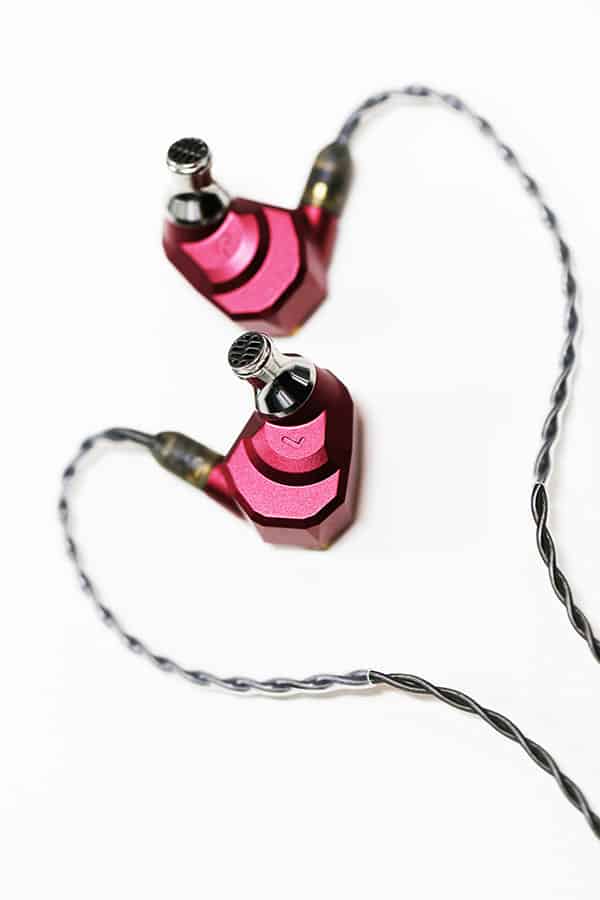
Low End
Accurate and lively without ever sounding too colored, the Io isn’t the bassiest earphone on the block. Tempered in its sound, this low end struts a fine line between analytical and fun – and proving that BA drivers can work their magic on low frequencies, too. Add to all of this a precise, articulate bass response, and you’ve got one magic low end.
Midrange
Full, meaty, and clean, this midrange ticks all the right boxes. Perhaps just a little forward, the resultant sound works wonders on vocals or instruments giving you plenty of detail without stealing emphasis or focus from the surround frequencies.
High End
Like the lows, the highs avoid too much coloration for the sake of a more accurate listening experience. Instrumentation and female vocals retain detail and clarity, registering crisp and clear. But the sound here never becomes too bright or sharp, giving the impression of a finely-tempered high end. And in addition to this well-struck balance between detail and emotion, the highs remain incredibly clean, with nary a trace of sibilance. Yowza.
Soundstage
A little muddled, but still displaying good depth and decent placement, there’s definitely a sense of soundstage to the Io. While still not as realistic as an over-ear open-back headphone – or Campfire’s higher end Solaris – the sound does a good job of pulling me in. Closing my eyes, I can easily get an impression of finite placement – though instruments might seem just a little crowded on more intricate tracks.
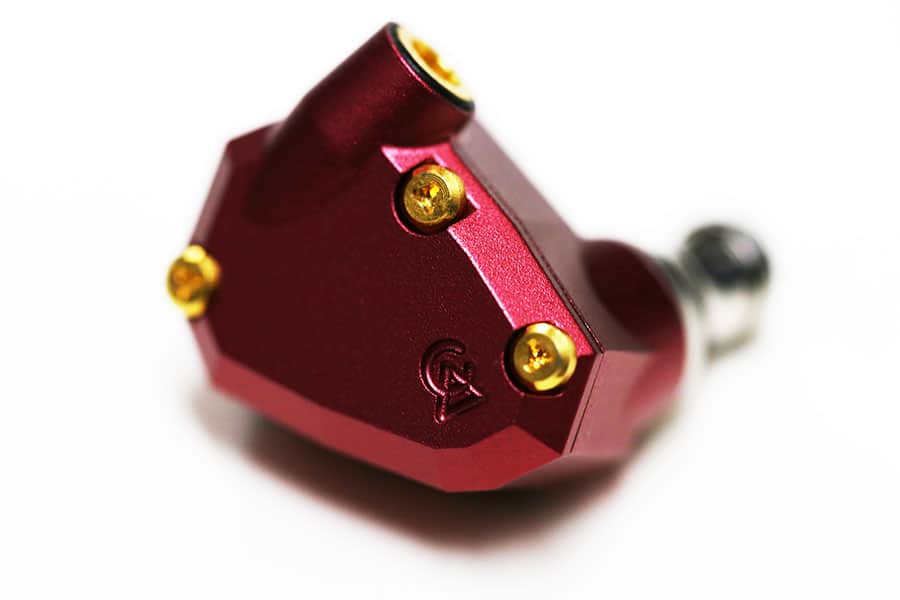
Other Observations
Overall, the Io sounds fairly neutral and even-keeled, without too much coloration in any part of the frequency range. The lows, while contrasting and precise, never seem too warm to render a track in-authentically. And the bass, while sharp, never drowns out any of the detail in the lows. Mids, jump slightly forward, and the highs remain reserved enough to remain emotive but comfortable.
Compared to other Campfire models, the Io seems to be the most neutral and balanced, after the higher-end Solaris. Contrary to what some of my fellow audiophiles would think, I don’t consider this a poor man’s Andromeda (that distinction should go to the Polaris II). Instead, it’s more a of a cheaper alternative to the same sound profile found in the Solaris.
Comfort and isolation are on par with any other Campfire earphone, so if you’re looking to block out a ton of sound during hours-long listening sessions, keep this in mind.
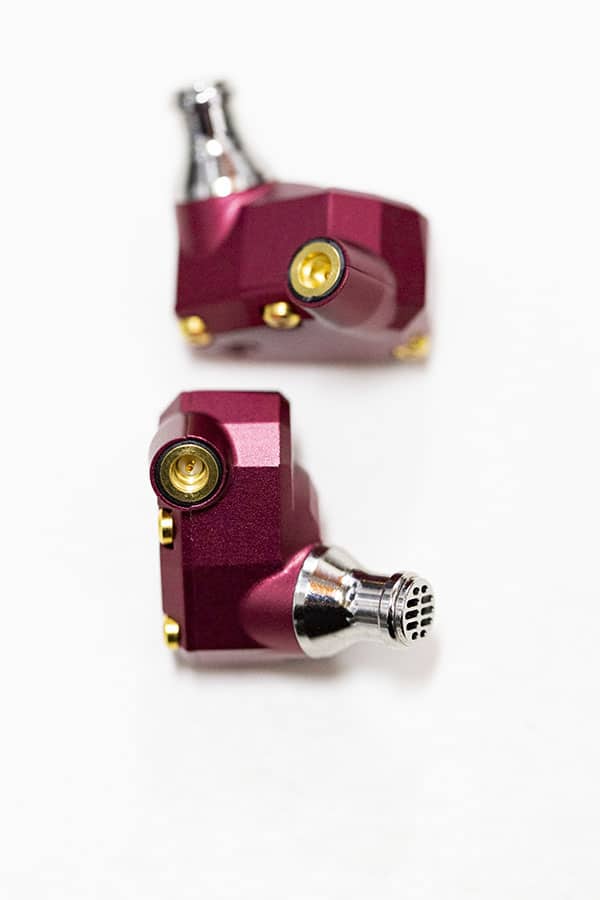
Recommendations
With its balanced yet neutral flavor, the Io delivers a robust sound that offers equal emphasis across all frequencies. If you’re a fan of Campfire earphones and can’t afford the lofty Solaris, the Io will still give you stellar performance for less cash.
But what if you want more bass? My recommendation would go to the more expensive Polaris II from Campfire (at $499), or possibly the Dunu Falcon-C (at $219). While the Polaris II gives a more hi-res performance, the Falcon-C remains the best bassy earphone on a budget, while still landing somewhat close to the Io in terms of detail.
Folks who want more highs and more lows (but without sacrificing those luscious mids) could also consider the venerable FiiO FH5 (at $259). With twice the drivers and a slightly lower price, the FH5 might be a bit more energetic (if not as spacious).
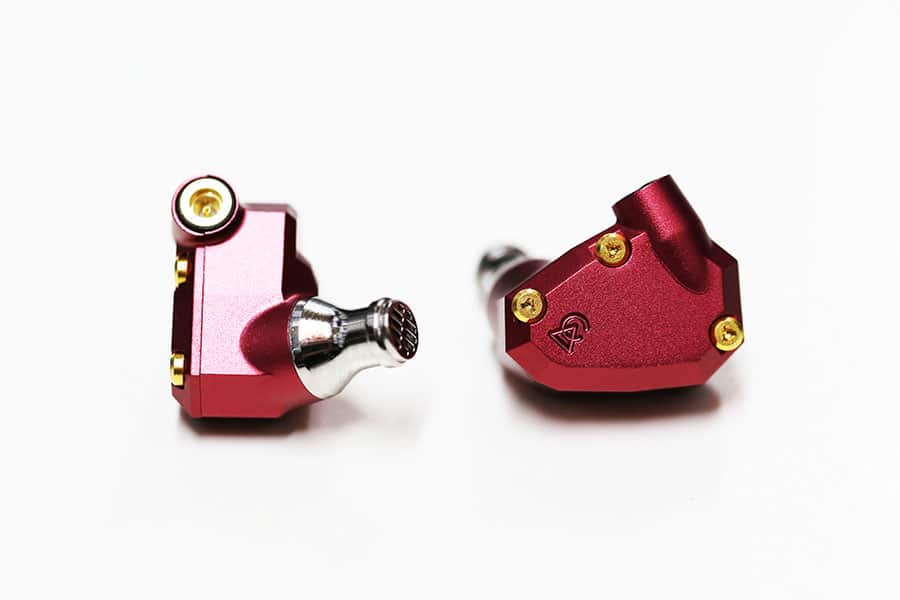
Final Analysis
Visually arresting and analytically pleasant, the Io offers a fresh new option to the Campfire roster. Is it a poor man’s Solaris? Possibly. But that bang-for-buck ratio catapults this earphone into the stratosphere. No other earphone offers such detail at such a low price with such beautiful design. So, if you’re after a neutral sound – or an entry-level earphone that packs a wallop – the Io will have you over the moon.

Get the Campfire Io for the best price here:
MAJORHIFI may get a commission from retail offers.
MAJORHIFI may receive commissions from retail offers.


